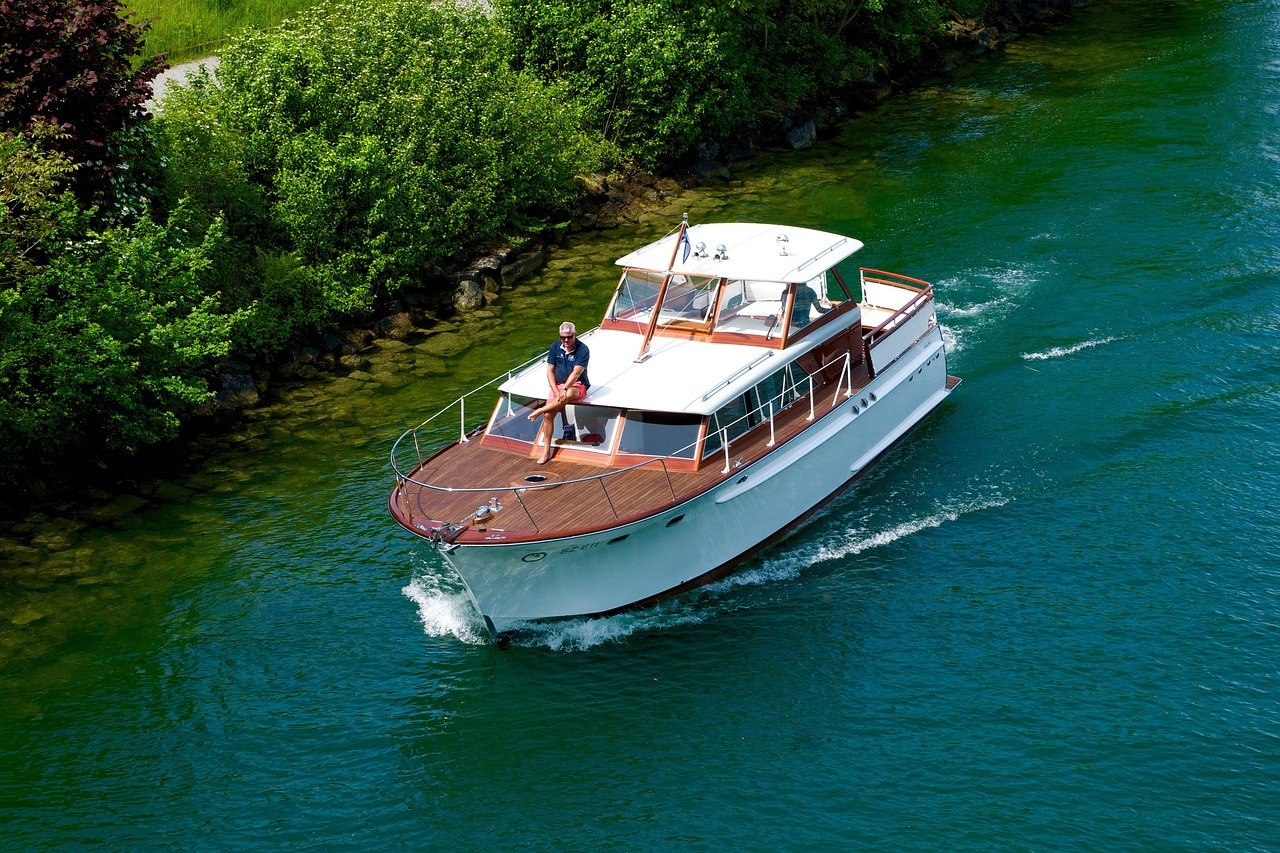Boat Flooring: Choosing the Right Option for Your Boat or Yacht
Boat Flooring: Choosing the Right Option for Your Boat or Yacht
Boat Flooring: Choosing the Best Option for Your Vessel
Various types of flooring can be used in a marine environment, each with its unique benefits and drawbacks. Before making a decision, it’s essential to consider the specific needs of your boat or yacht, such as durability, comfort, and maintenance.
Choosing Flooring for Durability and Water Resistance
When selecting marine flooring, it’s important to consider how well the material will hold up in the harsh marine environment. Whether you are building a new vessel or refurbishing an existing one, choosing the right flooring is crucial for withstanding foot traffic and environmental conditions.
Key Factors to Consider:
- Durability: The flooring should endure constant foot traffic and exposure to the elements.
- Ease of Maintenance: It should be easy to clean and maintain.
- Safety: Choose slip-resistant flooring to prevent accidents onboard.
- Aesthetics: The flooring should complement the vessel’s overall design.
Popular Boat Flooring Options
Here’s a closer look at several flooring options:
- Wood Flooring: Wood, particularly durable options like teak or mahogany, offers a timeless, luxurious look. While easy to care for, wood requires regular maintenance and can be susceptible to moisture damage if not properly sealed.
- Carpet Flooring: Carpet provides comfort and insulation, making it ideal for living areas. However, it’s less durable than other options and can wear out quickly, especially in high-traffic areas.
- Linoleum Flooring: Made from natural materials, linoleum is an environmentally friendly choice. It is durable and available in various colors and patterns, though it requires regular cleaning.
Cleaning and Maintaining Boat Flooring
Proper cleaning and maintenance are key to ensuring the longevity of your boat flooring.
Cleaning Your Boat Flooring:
- Sweep or vacuum regularly to remove dirt and debris.
- Mop with a mild detergent or vinegar solution every few weeks to combat surface stains.
- For deep cleaning, steam cleaning may be necessary to remove tough grime.
- Avoid harsh chemicals that could damage your flooring.
Maintaining Your Boat Flooring:
- Seal seams between flooring pieces to prevent moisture damage.
- Check for mold or mildew growth regularly and use specialized cleaners.
- Reattach any loose tiles or boards as needed.
Regular maintenance will help preserve the appearance and performance of your flooring for years to come.

Design and Aesthetics of Boat Flooring
When choosing flooring for your boat or yacht, it’s essential to match the material to the overall aesthetic of your vessel. Whether you’re aiming for a contemporary, rustic, or classic look, selecting the right flooring enhances the ambiance of your space.
Consider options like hardwood for a sleek, low-profile finish or cushioned rubber tiles for added comfort underfoot. Custom designs, such as inlays and borders, can further personalize the look of your vessel.
Trends in Boat Flooring Design
Recent trends emphasize high-performance materials that can withstand extreme marine conditions while offering aesthetic appeal.
- High-Performance Materials: These materials are designed to endure water exposure and temperature extremes, ensuring durability and visual appeal for years.
- Anti-Slip Options: Non-skid flooring is increasingly popular for its safety benefits, providing excellent traction even when wet.
- Easy-to-Clean Options: New flooring materials repel dirt and stains, reducing maintenance time and enhancing the overall experience.
Custom Design Options for Boat Flooring

Customizing your boat flooring allows you to upgrade your vessel with personalized styles and functional features. With various colors, textures, and patterns available, you can choose a floor that suits your aesthetic and practical needs. Professionals can help you select the best materials based on space requirements and other specifications.
Before installing new flooring, ensure the area is prepped correctly. Remove old materials, clean the surface, and measure the area to purchase the right amount of flooring. Use specialized adhesives to secure the material and allow sufficient curing time.
Tips for Maintenance:
- Regularly vacuum and sweep to prevent dirt buildup.
- Use mild cleaners with soft cloths to avoid damaging the surface.
- Protect against UV damage by applying appropriate coatings.
Warranty and Cost of Boat Flooring
When selecting marine mat, it’s important to understand warranty terms and installation costs. Warranties often cover damage from wear and tear, and some may offer additional services like free repairs or installation discounts.
Budgeting: The cost of marine flooring varies based on the material chosen and the complexity of installation. Higher-quality materials may cost more upfront but can save money in the long term due to lower maintenance needs.
Safety and Slip Resistance of Marine Mat
Safety should always be a priority when choosing marine flooring. Look for materials with high wet and dry slip-resistance ratings to ensure maximum safety on board. Additionally, durability and maintenance are crucial factors in maintaining the non-skid properties of your flooring.
Conclusion: Choosing the Right Marine Mat
Choosing the right flooring for your boat or yacht is a key decision that affects both safety and aesthetics. Whether you opt for vinyl, rubber, wood, or custom designs, ensure that your choice aligns with the durability, comfort, and aesthetic needs of your vessel. With proper maintenance, your marine flooring can provide lasting beauty and functionality, enhancing your onboard experience for years to come.
